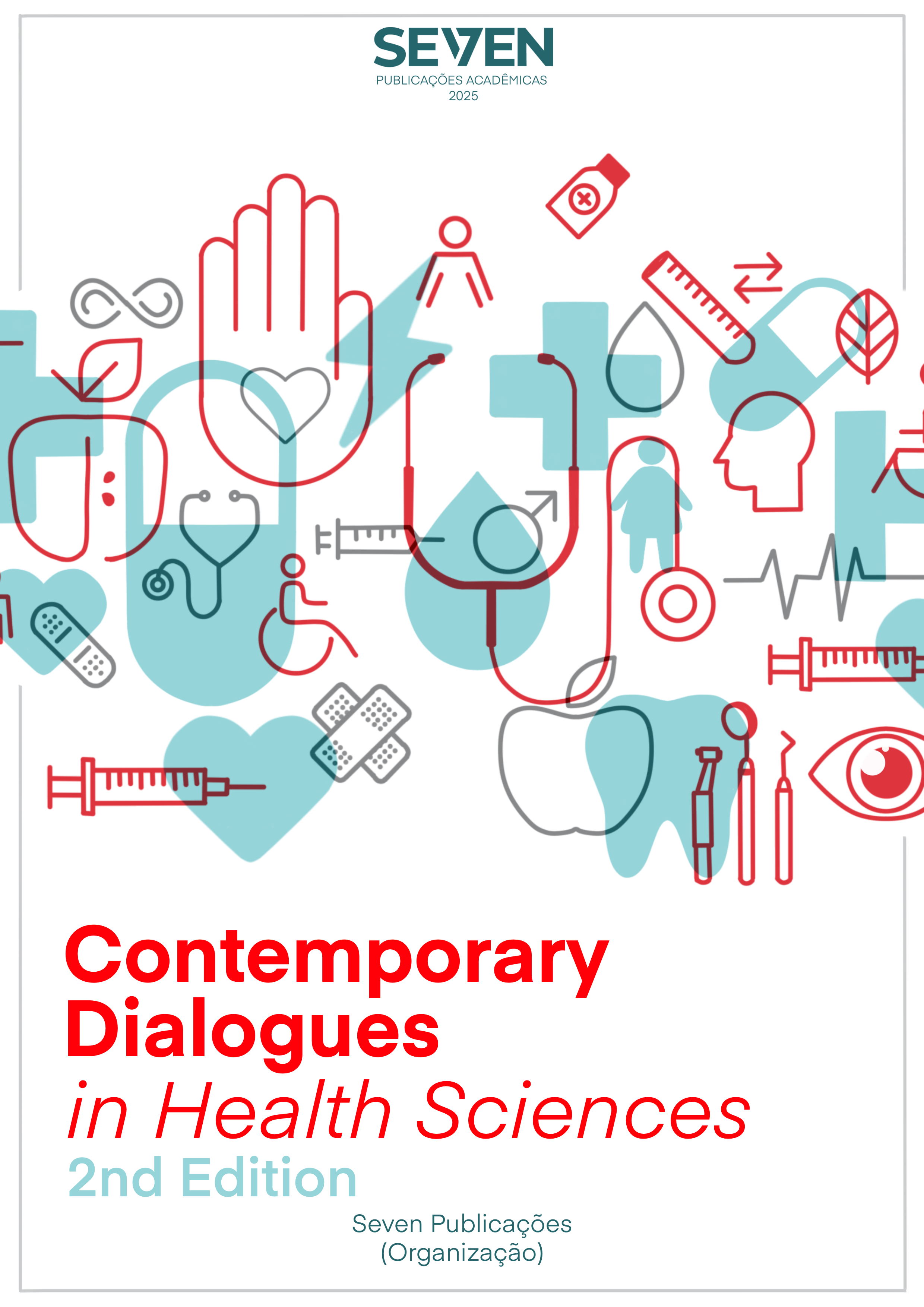CHILD RESCUERS – TEACHING CARDIOPULMONARY RESUSCITATION TO CHILDREN: AN EXPERIENCE REPORT
Keywords:
Basic Life Support, Cardiopulmonary Resuscitation, Health Education, Children, First AidAbstract
Cardiovascular diseases represent one of the leading causes of sudden death worldwide, with cardiopulmonary resuscitation (CPR) being a key determinant for survival in cases of cardiac arrest. Teaching Basic Life Support (BLS) to laypeople is an essential strategy to reduce mortality, yet it remains underdeveloped in Brazil. This report describes the experience of the “Little Rescuers” project, which aimed to teach children aged 4 to 8 years how to recognize cardiac arrest and perform basic CPR maneuvers in a playful way. The project was carried out in a municipal school in Estrela, Brazil, over one semester, with weekly sessions. Activities included explanations about the heart’s function, how to recognize cardiac arrest, and hands-on CPR training using child-sized mannequins to the rhythm of the song “Baby Shark,” adapted to the compression pace. Children showed great engagement, curiosity, and enthusiasm, progressively demonstrating understanding of the topic. It is concluded that teaching CPR to children is a promising tool for developing future citizens capable of acting in emergencies, potentially increasing survival rates in cardiac arrest cases.
Downloads
Published
Issue
Section
License

This work is licensed under a Creative Commons Attribution-NonCommercial 4.0 International License.





